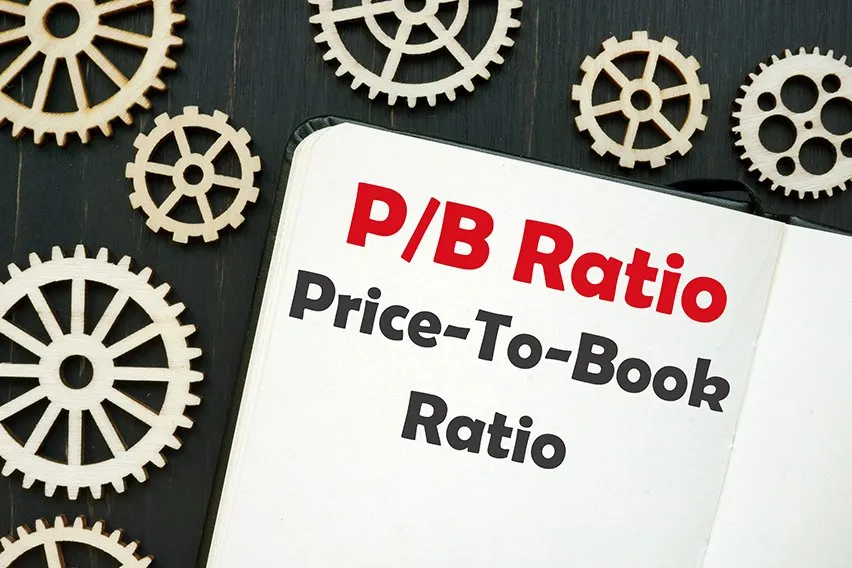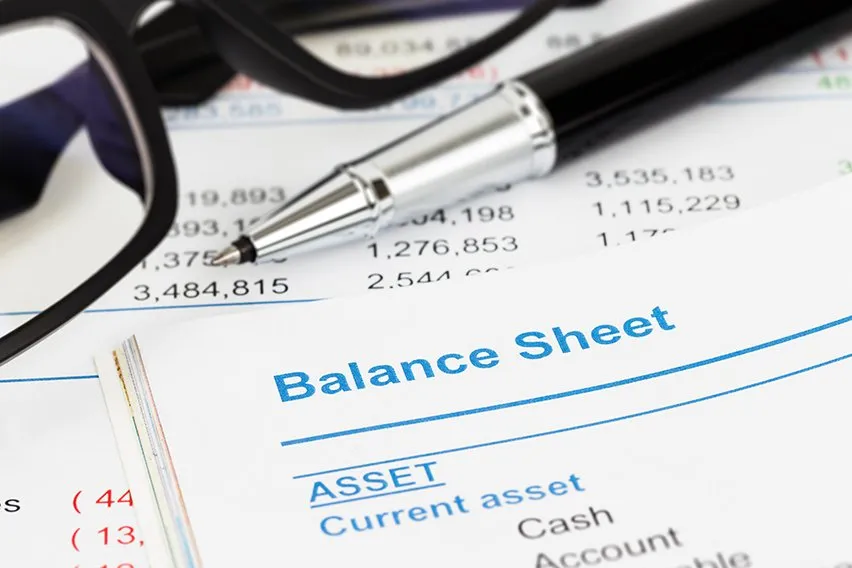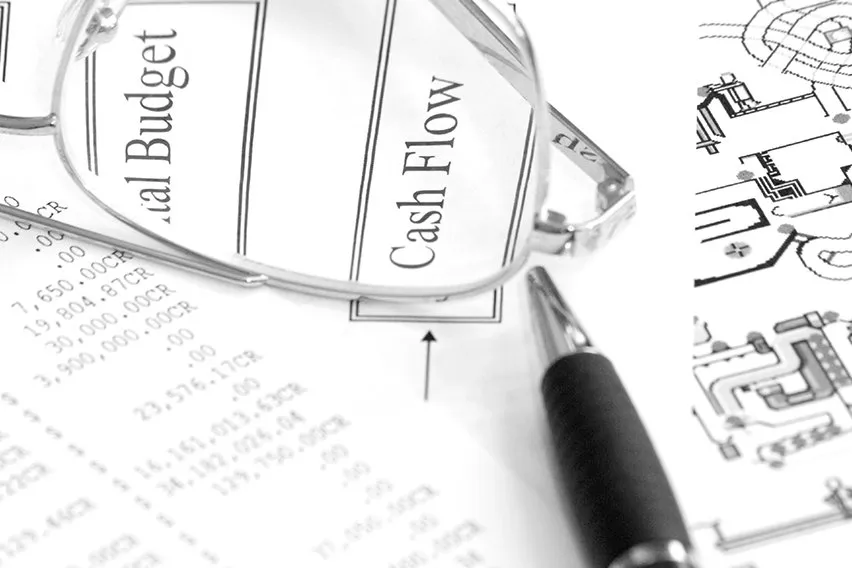What Is Capital Employed: Definition, Formula & Calculation

Capital employed is capital that has been invested by any company in order to help the business grow. This capital could be in the form of money, goods, or services. The capital employed can also refer to the amount of capital used for a particular purpose. A number of different factors are involved when calculating capital employment. These include gross profits and the percentage return on the investment.
The rest of this article will discuss capital employed in-depth.
Here’s What We’ll Cover:
Is Capital Employed the Same as Equity?
What is Return on Capital Employed?
What Is Capital Employed Used For?
What is the Meaning of ROCE in the Current Market?
What Is Capital Employed?
Capital Employed is one of many financial Metrics. It is a key metric in accounting. It refers to how much capital a company has invested into itself through various means. This includes purchasing equipment, hiring employees and more. It may also refer to how much capital has been used for a specific project. This could be developing new products or opening up stores in new locations. Any capital that is tied up in capital employed cannot be used for personal use. It also cannot be lent out to other people.
You can calculate capital employed by adding current assets then subtracting the current liabilities. Once the capital employed has been determined, it can be further analyzed. You can also see what percentage of capital was used in capital investments or capital working capital.
Capital Employed = Total Assets – Current Liabilities
Here is an example. Assume that a company had $50,000 capital employed. This could be broken down by capital used for the business (working capital) and capital used for investment (buying new equipment). If they had $10,000 in working capital and $40,000 that was used to buy land then their capital employed would be $50,000.

Is Capital Employed the Same as Equity?
Capital Employed is not the same thing as equity. Equity capital is capital that has been issued by a company through an initial public offering, common stock or preferred stock. This capital must be repaid to the owners before being considered capital employed.
The difference is this capital can be used by the business to create capital employed or capital fixed assets. Capital employed is only capital that has been used in current assets and capital fixed assets.
What is Return on Capital Employed?
Return on capital employed (ROCE) is a financial ratio. It refers to how much a company’s capital employed has grown. It is the capital employed multiplied by the percentage of capital employed. The return on capital figure can be used to determine what percentage of successful growth was had during that time period. This ratio gives the business an idea of the return on each dollar of capital employed.
Here is a practical example. On the balance sheet, if we assume our capital employed grew from $50,000 to $70,000, we can assume that the return on capital employed is 40%. This means during X time frame, our capital employed grew by 40%.
Return on Capital Employed
(Capital Employed – Beginning Capital Employed) x 100 / (Beginning Capital Employed + Ending Capital Employed)
What Is Capital Employed Used For?
Capital employed can be analyzed to see how it affects a company’s overall performance. It can also be used to determine how capital employed is changing within a company. This can be done by comparing capital employed over time. This shows how well the capital expenditure plan is working out for a company.
Capital employed is used in valuation ratios that compare capital divided by capital employed. These capital ratios are based on plugging numbers into our equation. This determines how capital employed compares to capital going into a company.
What is the Meaning of ROCE in the Current Market?
The capital ratio can be used to compare the performance of companies in similar industries. Companies with a high capital ratio may have their stock prices affected because more of their capital is tied up into assets. Alternatively, capital employed may be very low because capital is not being used efficiently.
The capital ratio can also be used to compare capital against capital employed. This can help determine how capital has changed over time. It cannot tell the whole story on its own. It works best when paired with other ratios or when compared to industry averages.

What Is a Good ROCE?
A capital ratio is an average capital employed divided by capital used up. It can be compared to industry averages and other companies in the same industry.
One company that takes a big portion of its capital and applies it towards capital fixed assets may have a high capital ratio (good ROCE). A different company that doesn’t put much capital into capital employed may have a capital ratio that is lower (bad ROCE).
Key Takeaways
Capital employed is capital that a business has used up on their capital fixed assets and capital working capital. Capital employed is a good target to set for a business. Managing your level of capital deployed can help improve the financial statement by increasing return on capital employed. Capital efficiency is very important.
Capital ratios are ratios that compare capital divided by capital employed. These types of ratios may be used to compare capital amongst similar companies in similar industries. It should give a good indicator of an efficient company. Hopefully, this article helps you better understand ROCE and what it means.
Did you enjoy reading this guide? Head over to our resource hub for more great content!
RELATED ARTICLES

 What is the Price to Book Ratio (P/B Ratio)?
What is the Price to Book Ratio (P/B Ratio)? What Is Book Value? Definition & Importance
What Is Book Value? Definition & Importance How to Make a Balance Sheet: 5 Steps for Beginners
How to Make a Balance Sheet: 5 Steps for Beginners Debt Vs Equity: What’s the Difference?
Debt Vs Equity: What’s the Difference? Cash Flow Statement Indirect Method: What It Is & How to Prepare?
Cash Flow Statement Indirect Method: What It Is & How to Prepare? Hedge Accounting: Definition & Guide
Hedge Accounting: Definition & Guide